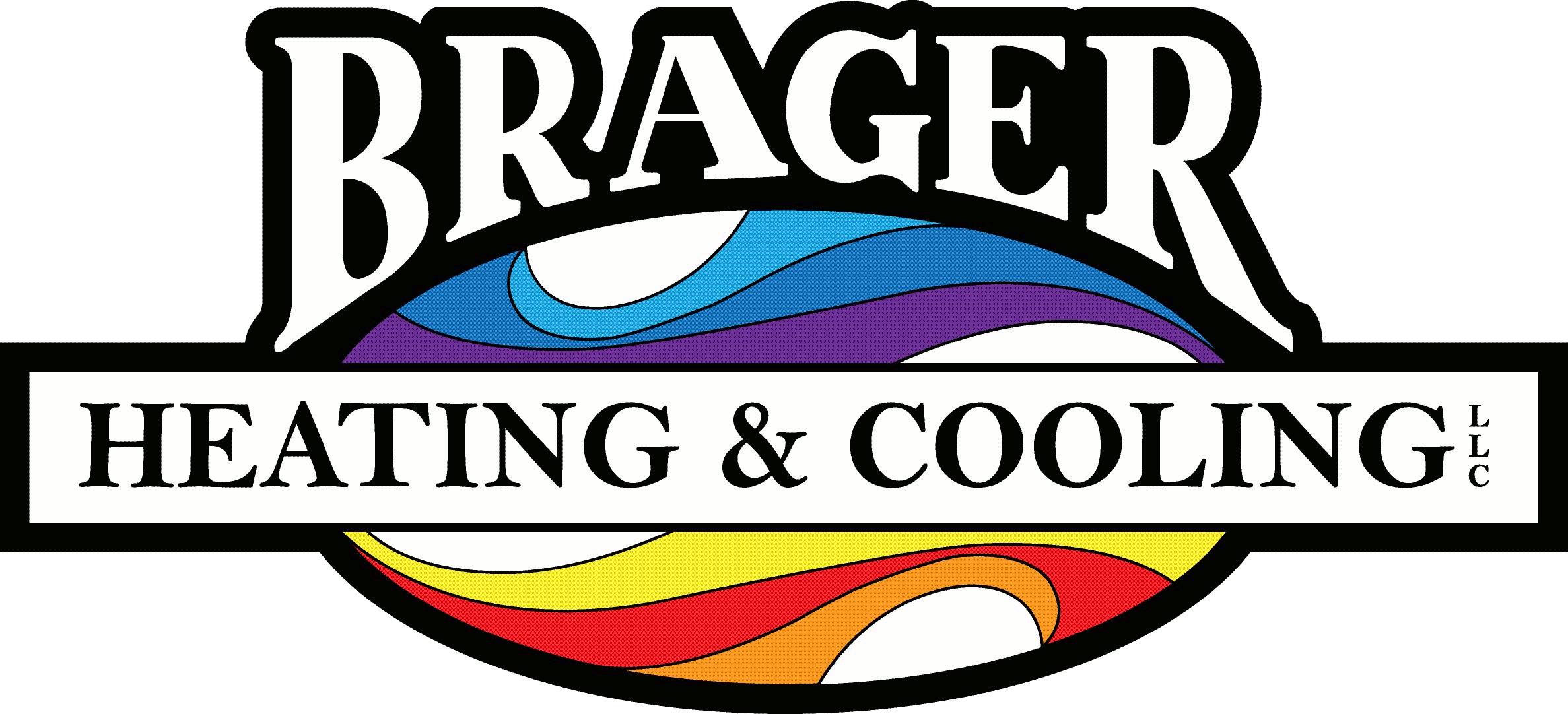
A furnace is usually a background player at home, ensuring you're warm across the cold winter months. It often doesn’t get noticed until something goes wrong.
One cause might be that your furnace has a cracked heat exchanger. It can be a safety risk, so it’s worthwhile to familiarize yourself with the signs of a cracked heat exchanger and what to do if you are worried that is the problem.
What Is a Heat Exchanger in a Furnace?
A heat exchanger helps move heat from the combustion chamber inside your furnace to the air that circulates through the air ducts. It typically handles this through coils or tubes that warm the air while acting as a barrier to keep gas formed in the combustion chamber, called flue gasses, from getting out into your home.
Is a Cracked Heat Exchanger Dangerous?
Given its important role, it’s no surprise that a damaged heat exchanger can be very dangerous. A damaged heat exchanger can allow dangerous gasses – like carbon monoxide, which can be lethal – to be distributed across your home.
For obvious reasons, don't ever run your heater if you think there's a crack in the heat exchanger, as this could make your entire household ill. Contact an HVAC professional as soon as possible if you are worried your heater has a cracked heat exchanger that needs repair.
Four Warning Signs of a Cracked Heat Exchanger:
- Furnace switches off: Cracks in the heat exchanger can cause your furnace to switch off.
- Unusual Smells: If the air leaving your furnace has a powerful chemical scent, it might be a sign gas is leaking through cracks in your heat exchanger. These gasses, which will often smell like formaldehyde, are a common warning sign.
- Carbon monoxide alarm is triggered or you notice health problems: If a cracked heat exchanger is relieving carbon monoxide into your home, your carbon monoxide alarm may go off or household members may experience signs of carbon monoxide poisoning. Complications include headaches, dizziness, weakness, nausea, vomiting or feeling sleepy. If an alarm goes off or you feel sick, get out of the home immediately and then call for help.
- Soot: If you see black sooty buildup around the exterior of your furnace, it’s another sign something could be seriously wrong.
What You Should Do if Your Furnace Heat Exchanger is Cracked
If you suspect your furnace has a cracked heat exchanger, call a professional with extensive experience in furnace installation Mount Horeb as soon as possible so they can inspect your system and, if necessary, start a furnace heat exchanger replacement. Costs should differ depending on the situation, but estimates run in the neighborhood of $1,000 to $3,000.
Estimates aside, the good news is that heat exchangers are regularly protected by the warranty. It's a good idea to review the warranty paperwork on your furnace, since while the warranty won't always cover the entire cost of repairs, it still may significantly lower your bill.
How to Avoid a Cracked Heat Exchanger in Your Home
One of the best ways to minimize the risk of problems in your furnace overall is via consistent furnace maintenance. Furnaces provide the best possible return on investment when they operate efficiently. Hiring a trained professional to examine your furnace for old parts, clogged filters and other likely problems can keep you from getting a big bill later on.
It’s also a good idea to take a look at your furnace filters every few months – it’s encouraged some filters be swapped out every 90 days or sooner if they are dirty or grimy. While the filters aren't connected to the heat exchanger itself, the strain of pulling air through a clogged filter makes your entire furnace work more vigorously to complete its job. And the harder your furnace needs to run, the more wear and tear parts like the heat exchanger will sustain.
